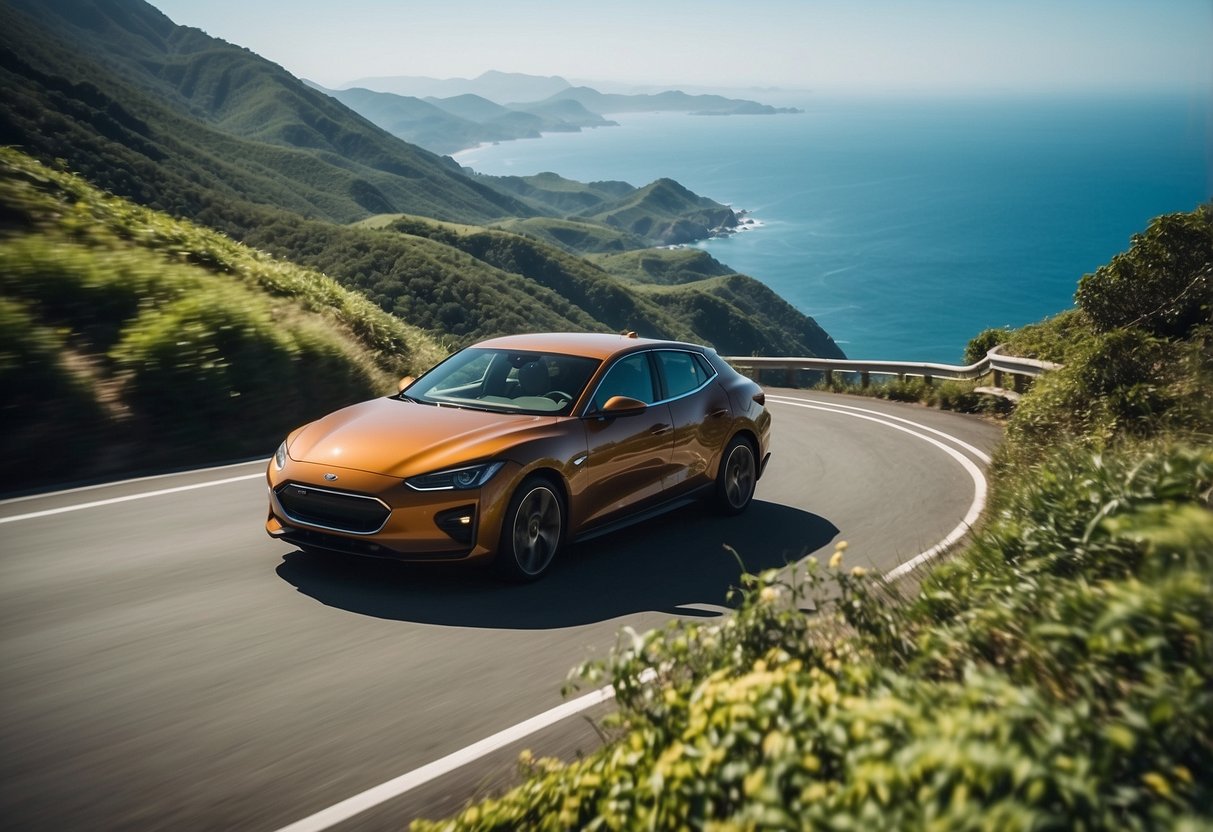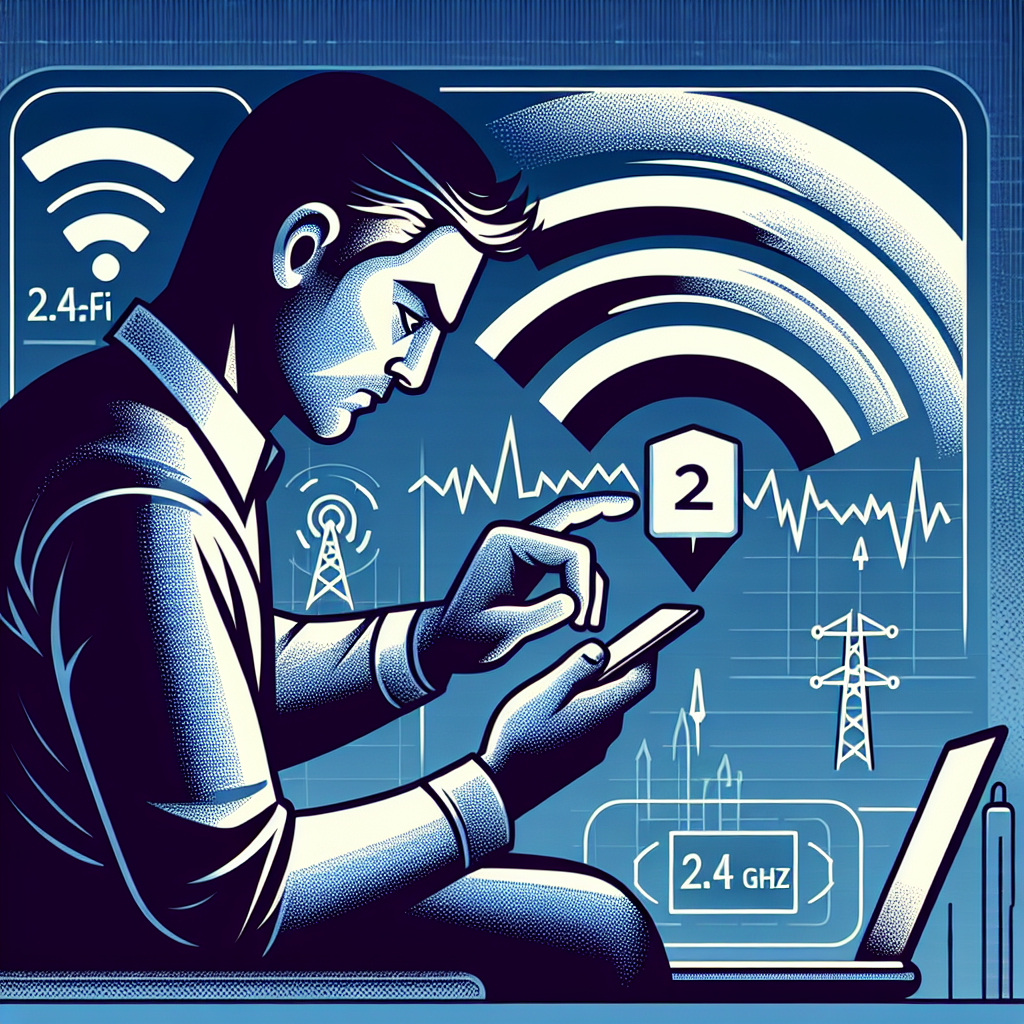What is a Rapid EV Charger? Understanding the Fast Charging Revolution
As electric vehicles (EVs) gain popularity, the demand for efficient charging solutions is higher than ever. Rapid EV chargers are at the forefront of this evolution, offering quick charging options that cater to the needs of modern drivers. In this article, we dive deep into what rapid EV chargers are, how they work, and their importance in the electric vehicle ecosystem.

What is a Rapid EV Charger?
A rapid EV charger refers to a type of charging station designed to charge electric vehicles (EVs) at a significantly faster rate than standard or fast chargers. Typically, these chargers can provide up to 100 kW or more of power, allowing drivers to quickly replenish their vehicle's battery. This is crucial for long-distance travel and busy urban areas, where time efficiency is a priority.
Types of Rapid EV Chargers
There are primarily two types of rapid EV chargers:
- DC Fast Chargers: These use direct current (DC) to charge the vehicle’s battery, bypassing the car’s onboard charger. This means that EVs can charge significantly faster, often achieving an 80% charge in around 30 minutes.
- AC Level 3 Chargers: Although less common, these can also be considered rapid chargers, delivering higher AC voltage to the vehicle. However, they typically charge slower than DC fast chargers.
How Does a Rapid EV Charger Work?
Rapid EV chargers function by converting the mains AC power into DC power, which is delivered directly to the vehicle's battery. This conversion enables a high voltage and high current flow, drastically reducing the charging time. The process involves the following steps:
- Connection: The EV is connected to the charger using a compatible plug, which often differs by vehicle brand and charging standards.
- Communication: Once connected, the charger and vehicle communicate to ensure compatibility and to determine the optimal charging rate.
- Charging: The charger delivers power directly to the vehicle’s battery at a rapid rate until the battery reaches a certain charge level or the maximum allowable charge rate for that vehicle.
Benefits of Using Rapid EV Chargers
The advantages of rapid EV chargers extend beyond simply charging speed. Here are some key benefits:
- Reduced Charging Time: Rapid chargers can provide an 80% charge in as little as 30 minutes, making them ideal for drivers in a hurry.
- Enhanced Convenience: These chargers are typically found in strategic locations like highway rest areas, shopping centers, and urban areas, making them accessible to drivers.
- Support for Long-Distance Travel: Rapid EV chargers are essential for long road trips, alleviating range anxiety by allowing quick recharge stops.
- Increased Adoption of EVs: The availability of rapid charging infrastructure encourages more people to consider electric vehicles, knowing they can charge quickly when needed.
Why Choose a Rapid EV Charger Over Other Types?
While standard Level 1 and Level 2 chargers provide important charging solutions for overnight or home charging, rapid EV chargers are indispensable for situations where time is of the essence. Here are some reasons to choose rapid chargers:
- Time Efficiency: Rapid chargers are the best option for quick stops during journeys to recharge on-the-go.
- High Voltage Charging: With the ability to charge most EVs to 80% in about half an hour, they significantly reduce the time spent charging compared to traditional chargers.
- Future-Proofing: As battery technologies advance, rapid chargers will continue to evolve, supporting even higher charge rates and larger battery capacities.
Are There Any Drawbacks to Rapid EV Chargers?
Despite their advantages, rapid EV chargers do come with some considerations:
- Cost: The installation and maintenance of rapid charging infrastructure can be expensive, which might be passed on to users through higher charging fees.
- Battery Degradation: Frequent use of rapid chargers at high power may contribute to faster battery degradation compared to slower charging methods.
- Availability: While increasing, rapid EV chargers are not as ubiquitous as traditional chargers, particularly in rural areas.
Conclusion
In summary, a rapid EV charger is a game-changer for the electric vehicle landscape, enhancing charging speed and convenience for drivers. Despite some drawbacks, their benefits—especially related to time efficiency and support for long-distance travel—position them as a critical component of the EV infrastructure. As more rapid EV chargers are installed across various regions, the overall convenience of owning an electric vehicle continues to improve.
New posts

Maximizing Your Savings: A Complete Guide to Rebates for Home EV Chargers
Home Improvement

How Often Do You Have to Charge an Electric Car? A Comprehensive Guide
Sustainability

Challenges in Urban EV Charging Infrastructure: A Deep Dive
Smart Cities

The Role of EV Charging in Urban Planning: A Sustainable Future
Sustainability

How EV Charging Supports Renewable Energy Integration
Electric Vehicles

How Cities Are Adapting to Electric Vehicle Charging: Innovations and Strategies
Sustainability

EV Charging in the Smart City Era: Revolutionizing Urban Mobility
Sustainability

The Future of EV Charging Stations and Smart Grid Integration: Transforming Energy Management
Sustainability

Comparing Wired and Wireless EV Charging Systems: A Comprehensive Analysis
Automotive

The Impact of EV Charging on Local Power Grids: Understanding the Challenges and Opportunities
Electric Vehicles
Popular posts

Exploring the Latest EV Charging Station Design Trends
Technology Trends

Insights from the Frontline: Interviews with EV Charging Industry Experts
Interviews
DIY Guide to Installing a Wallbox: A Step-by-Step Approach
DIY

The Future is Bright: EV Charging and Home Solar Panel Integration Explained
Home Improvement
How EV Charging is Set to Transform Mobility
Electric Vehicles

How Often Do You Have to Charge an Electric Car? A Comprehensive Guide
Sustainability

EV Charging Innovations from Around the World: Transforming the Future of Electric Mobility
Innovation

How to Reset Your EV Charger: A Comprehensive Guide
Home Improvement

Guide to EV Charger Connectivity Options: Everything You Need to Know
Electric Vehicles

EV Charging in the Smart City Era: Revolutionizing Urban Mobility
Sustainability